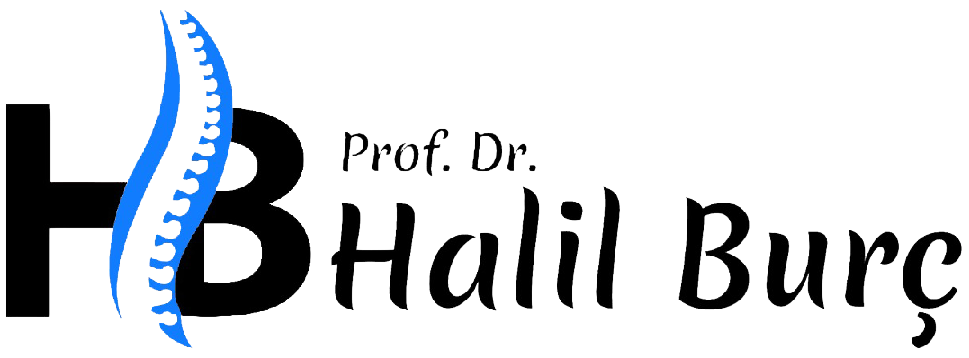Diseases of the Anterior Cruciate Ligament And Meniscus
Tears of the anterior cruciate ligament (ACL) and meniscus can occur as sports injuries in the knee joint. This condition, mainly occurring in young patients, has the risk of accelerating the knee arthrosis process in advancing ages if not treated. We use the closed method, in other words, arthroscopic surgery, in both the anterior cruciate ligament injuries and meniscal tears. Closed treatment is performed as follows: After making incisions 2-3 mm in length on the right and left sides of the knee, the camera is inserted from one incision and the manual tools from the other, and the treatment is performed.
How are meniscal tears treated?
The menisci are crescent-shaped cartilaginous structures located within the knee joint, between the tibia and femur. These structures have various functions. They function as shock absorbers in the knee joint, maintain cartilage lubrication and nutrition, etc. In menisci, the water content decreases with aging, like the skin, making them more vulnerable and open to tearing. As a result, tears can occur after sports.
So, how are these tears treated? It is appropriate to make a decision based on the tear’s location and shape. When the tear is close to the capsule and traumatic in shape, it can be repaired with meniscal sutures, depending on the patient’s age. In such a case, the patient is not allowed to put weight on the foot for four weeks; on the other hand, active and continuous knee movements are required. When the tear is close to the joint and/or is complex, there is no recovery potential. In that case, only the part with function loss is excised, and this is called a partial meniscectomy. The patient can stand on the foot and walk the next day.
How is anterior cruciate ligament injury treated?
The anterior cruciate ligament has a course from the lower internal part to the upper external part of the knee and avoids the knee’s uncontrolled forward movements. In anterior cruciate ligament injuries, the patients usually describe a loud snapping sound that had come from the knee. Hemorrhage-related knee swelling may be observed. A patient with such medical history can be diagnosed by a knee examination accompanied by a knee MRI.
In acute tears, if the patient is not a professional athlete and rapid return to the field is not necessary, waiting for three weeks is required to heal the knee’s soft tissues. To repair ACL, we usually use the patient’s hamstring tendons on the same side. Besides, the bony patellar tendon, the quadriceps tendon, and allografts obtained from cadavers are used for treatment. In arthroscopy, after determining an ACL tear with the camera, the graft obtaining process is initiated. While a technician prepares the graft, the operation site is cleaned arthroscopically in a closed approach, and necessary treatment is performed if an additional meniscal injury is present. I have been using the most current method, the All-Inside method, in ACL repair surgery. The difference of the All-Inside method from the other methods is that all bony tunnels are opened from inside the joint, and with unique suspension methods, the new ligament is fixed to the bone anatomically, in other words, like in its original. The patient is allowed to stand up and bear weight on foot after drain removal, usually on the first postoperative day. In the first ten days, the knee is allowed to be bent for 30 degrees, and physical therapy is initiated on the tenth day. The operative success is in parallel to physical therapy. The newly constructed ligament reaches its weakest point at the third month, and if protective muscle strength is absent, the new ligament may snap also. For this reason, the patient should comply postoperatively and allow qualified specialists to perform the physical therapy. Another subject that patients wonder about is whether they will encounter strength loss after the hamstring tendon is removed. You will not feel any deficiency in your daily life and during sports after your hamstring tendon is removed. In the All-Inside technique, only one of the three tendons is used. For this reason, you will not feel any weakness.
